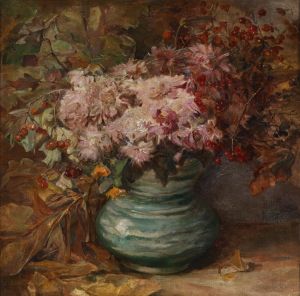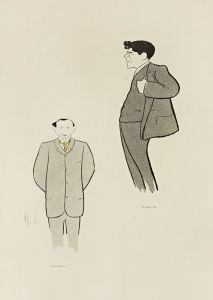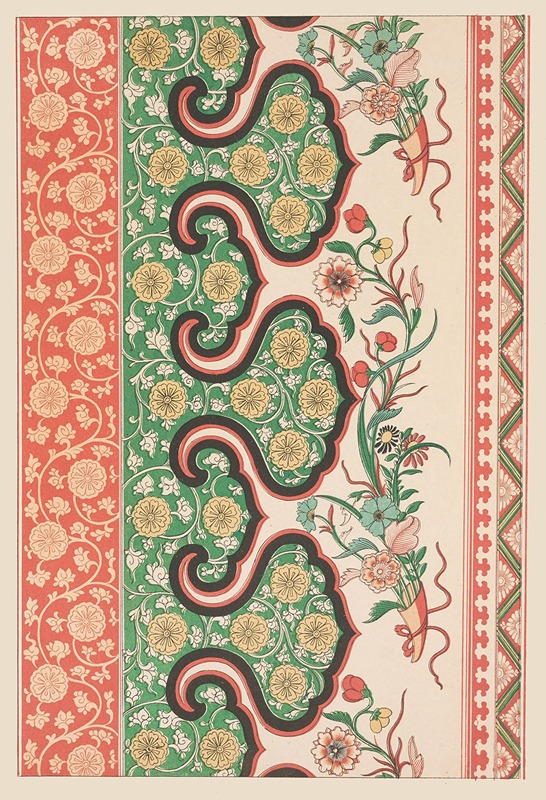
Examples of Chinese ornament, Pl.83
A hand-painted replica of Owen Jones’s masterpiece Examples of Chinese ornament, Pl.83, meticulously crafted by professional artists to capture the true essence of the original. Each piece is created with museum-quality canvas and rare mineral pigments, carefully painted by experienced artists with delicate brushstrokes and rich, layered colors to perfectly recreate the texture of the original artwork. Unlike machine-printed reproductions, this hand-painted version brings the painting to life, infused with the artist’s emotions and skill in every stroke. Whether for personal collection or home decoration, it instantly elevates the artistic atmosphere of any space.
"Examples of Chinese Ornament, Pl.83" is a plate from the influential design book "The Grammar of Ornament," authored by Owen Jones and first published in 1856. Owen Jones was a British architect and designer known for his work in color theory, ornamentation, and his contributions to the design principles of the 19th century. "The Grammar of Ornament" is a comprehensive collection of design patterns and motifs from various cultures around the world, and it played a significant role in shaping the decorative arts during the Victorian era.
Plate 83 specifically focuses on Chinese ornamentation, showcasing the intricate and symbolic designs that are characteristic of Chinese art. The plate is part of a broader effort by Jones to document and celebrate the diversity of global design traditions, emphasizing the importance of understanding and appreciating the artistic achievements of different cultures.
Chinese ornamentation, as depicted in this plate, is known for its use of symbolic motifs, vibrant colors, and intricate patterns. These designs often draw inspiration from nature, mythology, and traditional Chinese symbols, such as dragons, phoenixes, clouds, and floral patterns. The use of symmetry and balance is a common feature in Chinese design, reflecting the cultural emphasis on harmony and order.
Jones' work was pioneering in its approach to documenting and categorizing design elements from around the world. He believed that studying the principles of design from various cultures could inspire new and innovative approaches to art and architecture. His book, "The Grammar of Ornament," is divided into 37 chapters, each dedicated to a different cultural or historical style, including Egyptian, Persian, Greek, Roman, Indian, and Chinese, among others.
The inclusion of Chinese ornament in Jones' work reflects the 19th-century European fascination with Asian art and design, a trend that was part of the broader Orientalist movement. This movement was characterized by a Western interest in the art, architecture, and culture of the East, often romanticized and idealized in European interpretations.
Jones' documentation of Chinese ornamentation provided Western designers and artists with a rich source of inspiration, contributing to the cross-cultural exchange of artistic ideas. His work encouraged a greater appreciation for the complexity and beauty of Chinese design, influencing the decorative arts and architecture in Europe and beyond.
"The Grammar of Ornament" remains a significant reference in the study of design history, valued for its detailed illustrations and its role in promoting a global perspective on art and ornamentation. Plate 83, with its focus on Chinese ornament, is a testament to the enduring influence of Chinese art and its ability to inspire creativity across cultures and time periods.





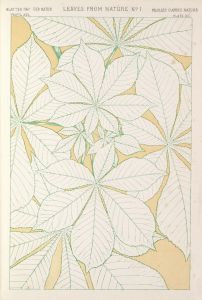
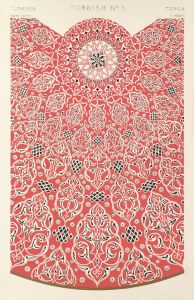
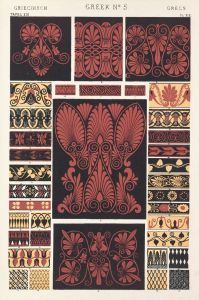
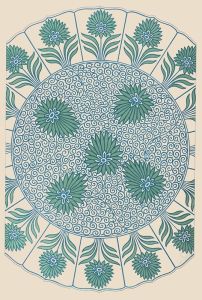
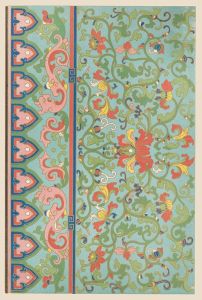
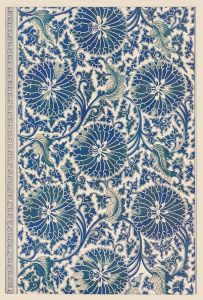
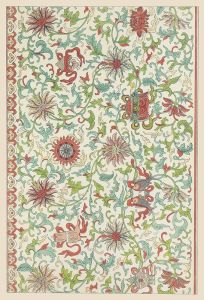
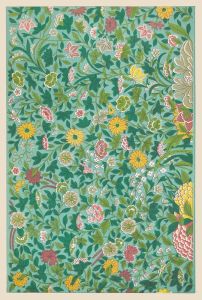
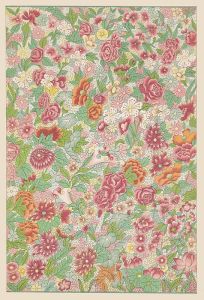
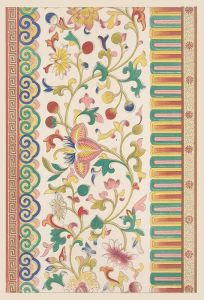
![Drawings for proposed decorations of Mike Lyman’s Restaurant, 424 W. Sixth St., Los Angeles, CA.] [Drawing #8, playroom elevation N and O](/imgs/249339/s/winold-reiss-drawings-for-proposed-decorations-of-mike-lymans-restaurant-424-w-sixth-st-los-angeles-ca-drawing-8-playroom-elevation-n-and-o-2e0cd08a.jpg)
